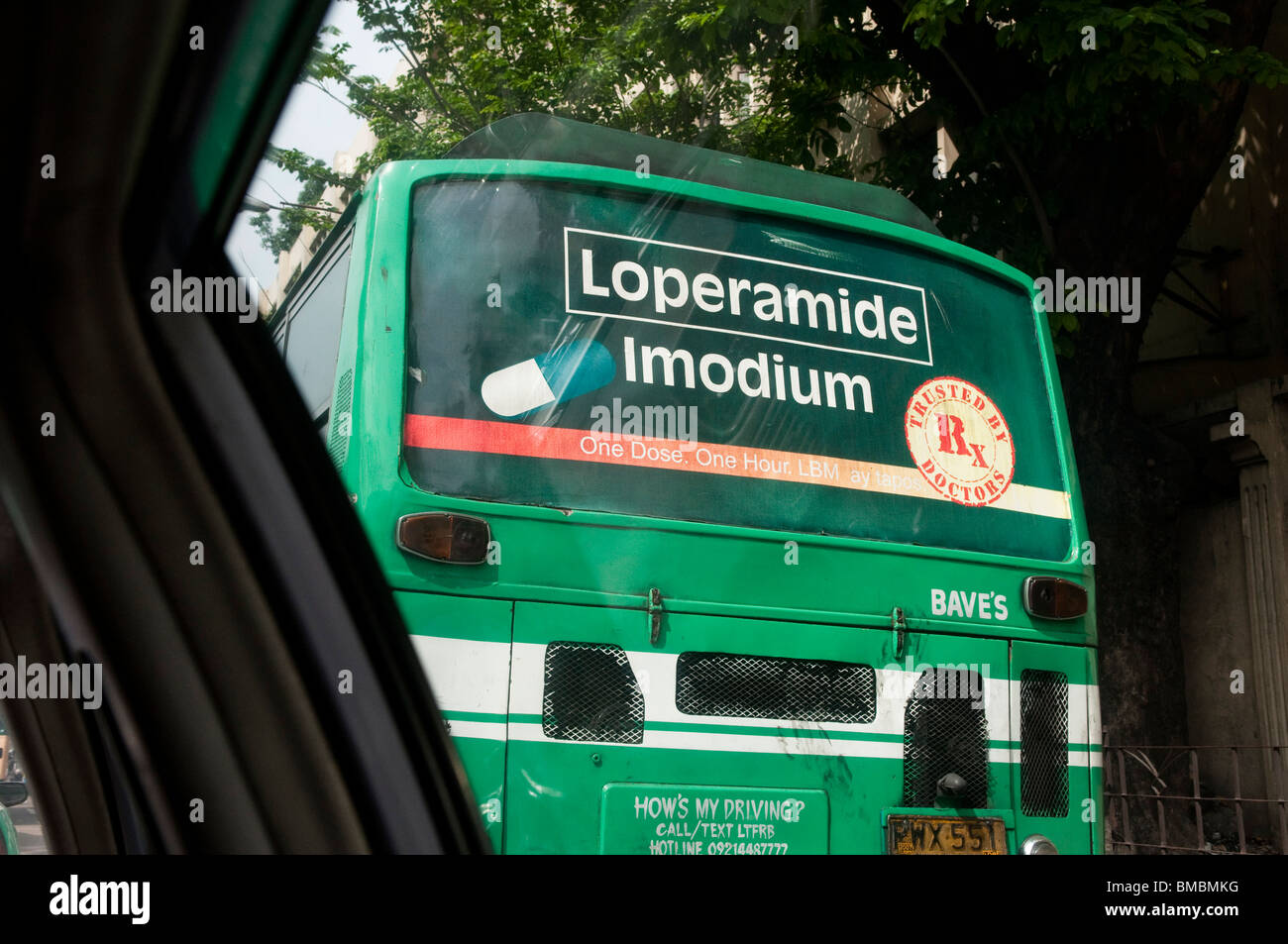Top Benefits of Transit Advertising Philippines for Companies
Wiki Article
Exactly How Transit Advertising Can Change Public Transport Spaces Into Dynamic Marketing Operatings Systems
Transportation advertising holds considerable potential to redefine public transport spaces right into dynamic advertising systems that engage and educate. By using ingenious styles such as interactive booths and digital screens, brand names can not only reach a diverse target market but likewise boost the general traveler experience. This strategy creates a special opportunity for brands to link with customers in a setting that is usually neglected. As we check out the multifaceted benefits and progressing techniques of transit marketing, it elevates the inquiry of how this change can redefine our communications with both brand names and the urban environment.Advantages of Transit Advertising

Additionally, transportation advertising is very affordable contrasted to conventional media. It permits advertisers to attain high impressions at lower prices, making best use of roi. The captive audience of travelers provides a chance for brand names to convey their messages to people that are typically responsive during their traveling times.
In addition, the dynamic nature of transportation advertising and marketing allows campaigns to be upgraded regularly, guaranteeing that messaging stays prompt and pertinent. This adaptability can be important in reacting to market trends or promotional events, maintaining the brand name top-of-mind for customers. Lastly, the pervasive existence of transportation advertising and marketing contributes to brand recall; repeated exposure within familiar travel contexts strengthens brand name recognition and fosters consumer loyalty, ultimately boosting and driving sales brand name reputation.
Sorts Of Transit Advertising And Marketing
Public transport systems give various formats for advertising, each accommodating different marketing strategies and audience engagement methods. One prominent type is exterior bus and train wraps, which cover the whole lorry and develop a mobile signboard impact, enabling high exposure in metropolitan atmospheres. These wraps can catch focus as they go across active streets, reaching a diverse target market.An additional preferred style is interior advertising, which consists of posters, digital displays, and advertisements on transit seats. These positionings engage passengers throughout their journey, reinforcing brand messaging in a restricted area. Digital displays, particularly, provide the advantage of vibrant content, enabling marketers to update messages in real-time.
Terminal marketing is additionally considerable, featuring posters, banners, and interactive booths within transit terminals. These ads utilize foot web traffic and can target specific demographics based upon location.
Finally, promotional collaborations with transportation authorities can result in one-of-a-kind campaigns, such as themed transportation experiences or occasions, improving the total interaction with travelers. Each sort of transportation advertising and marketing provides distinctive benefits, enabling brand names to tailor their strategy to successfully reach their target market within the public transport ecosystem.
Engaging Travelers Effectively
Commuters are progressively flooded with advertising messages throughout their daily journeys, making it crucial for brands to engage them in ingenious means. To capture attention in this congested room, marketers need to focus on creativity and relevance. Using eye-catching visuals and concise messaging can considerably improve the chance of involvement.Interactive elements, such as QR codes or augmented reality attributes, can also change static advertisements right into immersive experiences, fostering a deeper connection with the audience. Brand names must concentrate on resolving commuters' passions and demands, customizing messages to reverberate with their way of life, whether via promos for regional organizations or solutions created to improve their commuting experience.
Furthermore, timing plays a vital function; tactically placing ads throughout optimal travelling hours can maximize visibility and influence. Involving commuters efficiently also involves leveraging social media sites integration, allowing guests to share their promotions or experiences directly from transportation systems, thus amplifying brand name reach.
Basically, efficient engagement depends upon understanding the traveler journey and creating engaging, interactive, and appropriate advertising experiences that not just catch attention yet likewise drive action her response and commitment. By doing so, brands can transform mass transit into a vibrant marketing system that reverberates with its audience.

Measuring Marketing Effect
How can brand names accurately analyze the efficiency of their ad campaign in transit settings? Measuring the influence of transit advertising calls for a multifaceted strategy that combines measurable and qualitative metrics. One common method is tracking interaction via mobile analytics, where brands can examine foot traffic patterns and application interactions previously, throughout, like it and after campaigns.Surveys can offer beneficial insights right into brand name recall and consumer belief, permitting brand names to assess just how well their messages resonate with commuters. In addition, keeping track of social networks involvement pertaining to certain projects can reveal shifts in public understanding and brand discussion.

Moreover, teaming up with transportation firms can boost dimension precision, as they frequently possess comprehensive market data on ridership patterns. By integrating these approaches, brands can establish an extensive understanding of their marketing efficiency, making sure that their campaigns not only reach but also impact their target audiences effectively.
Future Trends en route Advertising And Marketing
A substantial change is expected in transit advertising as technical innovations and transforming consumer behaviors reshape the landscape. Transit Advertising Philippines. The assimilation of electronic screens and interactive media is expected to enhance involvement, permitting brands to deliver vibrant web content that resonates with diverse target markets. As public transport systems embrace smart modern technology, advertisers will utilize real-time data analytics to tailor messages based upon traveler demographics and behaviorsMoreover, increased truth (AR) is poised to change the method commuters connect with ads. By providing immersive experiences, AR can change a mundane trip into an engaging narrative that captures focus and promotes brand name loyalty. This innovation will likely urge advertisers to develop even more experiential projects that drive customer interaction.
Sustainability is an additional essential fad affecting transit marketing. As environmental awareness expands, brand names will progressively look for to align with eco-friendly methods, making use of sustainable products and advertising green efforts within their projects.
Conclusion
Finally, transportation advertising uses substantial advantages by improving brand name presence and engaging a captive target market. Via various formats, such as exterior covers and electronic displays, it changes mass transit into a vivid advertising platform. Effective interaction methods and durable dimension techniques even more enhance its effect. As fads this post advance, the potential for innovative interactions between brands and commuters is positioned to expand, making sure that transportation advertising and marketing continues to be an important element of contemporary advertising methods.Transit advertising holds significant possibility to redefine public transportation areas into vivid advertising and marketing platforms that engage and educate. The prevalent existence of transit advertising and marketing adds to brand recall; duplicated direct exposure within familiar travel contexts enhances brand name recognition and fosters customer loyalty, ultimately improving and driving sales brand reputation.
Exactly how can brands properly evaluate the effectiveness of their marketing campaigns in transportation environments?In verdict, transit advertising and marketing uses significant benefits by enhancing brand name visibility and engaging a restricted audience. Transit Advertising Philippines. As fads develop, the possibility for innovative communications in between brands and travelers is positioned to grow, making certain that transit advertising and marketing remains a crucial component of contemporary advertising and marketing techniques
Report this wiki page